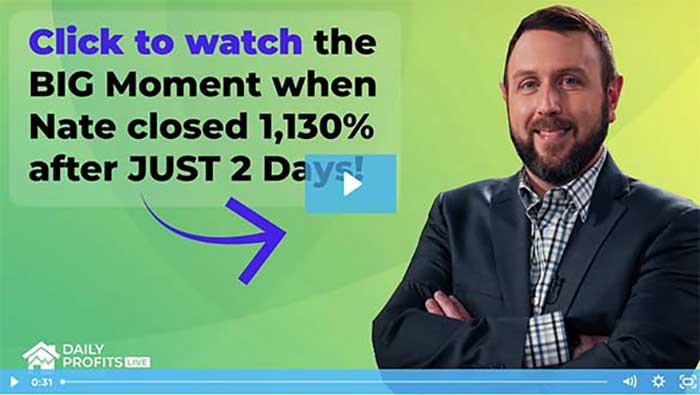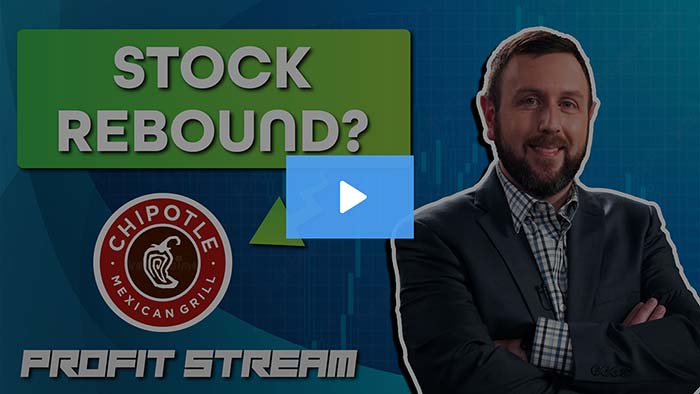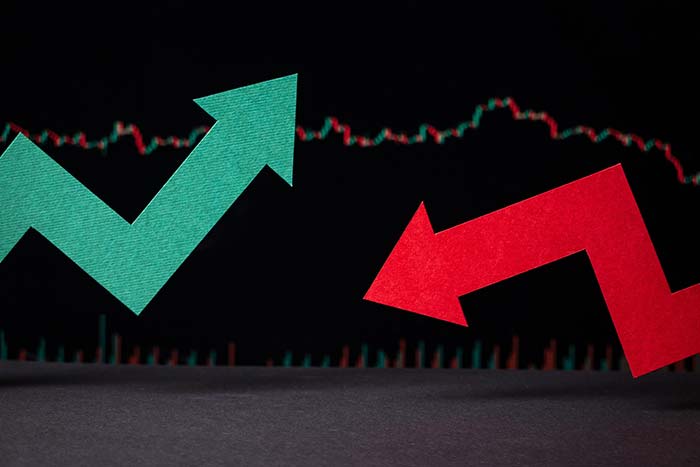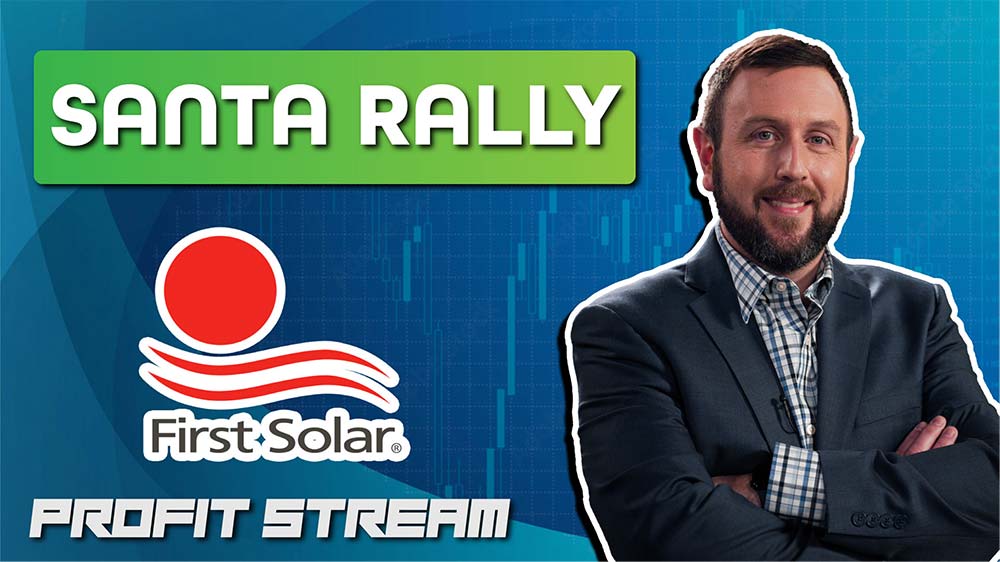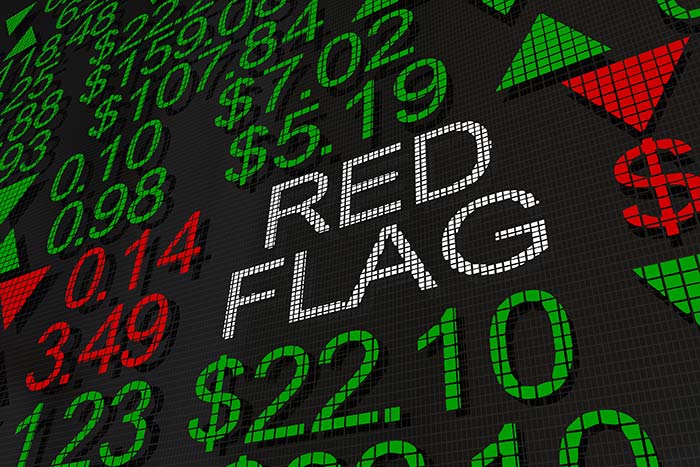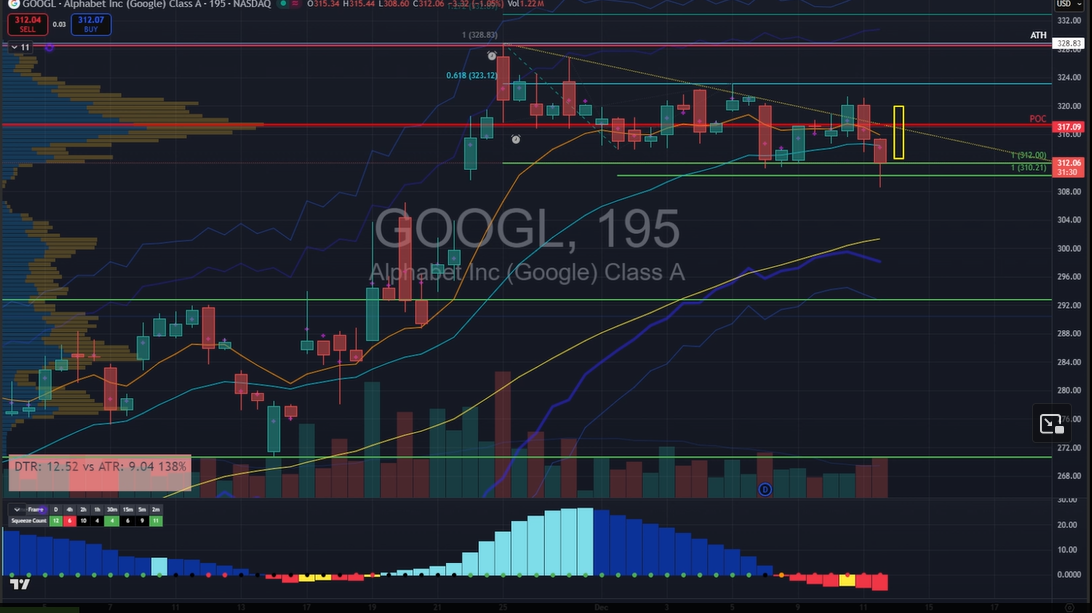Meet the CAPE Ratio – Your Investment Compass
Imagine walking into a store and seeing a pair of shoes priced at $1000.
You’d probably think, “Wow, that’s overpriced.”
Now imagine seeing the same pair on clearance for $50.
Suddenly, it’s a steal. The stock market works the same way-sometimes it’s priced for perfection, and other times, it’s on sale. But how do you know when you’re overpaying or snagging a bargain?
That’s where the CAPE ratio comes in. This powerful valuation tool helps you figure out if a market is overvalued, undervalued, or just right.
It’s like having X-ray vision for the market. Right now, the U.S. market is looking pretty pricey, while Europe is shaping up as a value hunter’s dream.
So, what exactly is the CAPE ratio, and how can it help you make smarter investment decisions? In this article, we’ll break it all down in simple terms-and throw in a few other valuation metrics to round out your investing toolkit.
Let’s dive in.
What Is the CAPE Ratio and Why Should You Care?
The CAPE ratio, or Cyclically Adjusted Price-to-Earnings ratio, is like a cheat sheet for figuring out if a market is too expensive, too cheap, or just right.
It looks at the average earnings of a company or market over the past 10 years (adjusted for inflation) and compares that to the current price. This long-term view smooths out short-term noise, making it a go-to tool for value investors.
Think of it like judging the weather based on ten years of data rather than just yesterday’s temperature. It gives you the big picture.
How Does the CAPE Ratio Work?
The formula is simple:
CAPE Ratio = Current Stock Price / Average Inflation-Adjusted Earnings (Last 10 Years)
Let’s break it down:
- A low CAPE ratio means a market or stock is undervalued – kind of like a “clearance sale.” Investors are paying less for every dollar of earnings, which could mean there’s room to grow.
- A high CAPE ratio means things are pricey – like paying $20 for a cup of coffee. Historically, high CAPE ratios have been followed by lower returns, so they’re often a warning sign.
The Current CAPE Ratio: U.S. vs. Europe
As of now, the CAPE ratio in the U.S. is significantly higher than its historical average.
That’s like buying a house for double its usual price. Is it worth it? Maybe, but the odds aren’t in your favor.
Now compare that to Europe, where the CAPE ratios hover around 16 – 18.
That’s like finding a house in a great neighborhood for its usual price – or even a discount! It’s no wonder we’re looking at European markets for value plays.
That’s why my partner, Bryan Bottarelli, likes the Vanguard European Stock Index Fund ETF (VGK), as a potential long play.
What Are Other Valuation Metrics You Should Know?
While the CAPE ratio is a great tool, it’s not the only one in your toolbox. Let’s look at a few others:
1. Price-to-Earnings (P/E) Ratio
This is the CAPE ratio’s younger sibling. It’s much simpler:
P/E Ratio = Current Stock Price / Current Earnings Per Share
The downside?
It only looks at current earnings, so it’s not as reliable in volatile markets or during recessions when profits dip temporarily. Still, it’s helpful for a quick snapshot.
For example, the S&P 500’s P/E ratio two days ago was at 20.8, compared to its median average of 17.9 – yet another sign the U.S. market is overvalued.
2. Price-to-Book (P/B) Ratio
P/B Ratio = Stock Price / Book Value Per Share
This tells you how much you’re paying for a company’s assets, like its factories, patents, and cash reserves.
A P/B under 1 often signals a bargain, as you’re essentially paying less than the company’s liquidation value.
Use this for industries like banking or real estate, where assets matter more than earnings.
3. Dividend Yield
Dividend Yield = Annual Dividends Per Share / Stock Price
If you’re investing for income, this is a key metric.
High dividend yields can mean a stock is undervalued, but be careful – sometimes companies with high yields are in trouble.
How Does CAPE Compare to Other Metrics?
Each metric has its strengths:
- The CAPE ratio is best for long-term market valuation.
- The P/E ratio is better for comparing individual stocks in the short term.
- The P/B ratio is great for asset-heavy industries.
- The Dividend Yield appeals to income investors.
Think of them as tools in a toolbox. Sometimes you need a hammer (CAPE), and other times you need a screwdriver (P/E). Use the right tool for the right job.
A CAPE History Lesson: What Can It Tell Us?
The CAPE ratio has been a solid predictor of future returns. Historically:
- When the CAPE ratio is above 30, future returns tend to be lower.
- When the CAPE ratio is below 15, future returns tend to be higher.
For example:
- In the dot-com bubble of 2000, the CAPE ratio hit 44-one of the highest ever recorded. Soon after, the market crashed.
- In the 2008 financial crisis, the CAPE ratio dropped to 13.3, signaling a buying opportunity.
Why CAPE Isn’t Perfect
No metric is foolproof, and the CAPE ratio has its limitations:
- Sector Bias: Some sectors naturally have higher CAPE ratios (e.g., tech), so comparisons across industries can be tricky.
- Doesn’t Consider Interest Rates: Low-interest environments, like today, make stocks more attractive, which can justify higher CAPE ratios.
- Earnings Quality: If a company’s earnings have been artificially inflated (or depressed), the CAPE ratio may not tell the whole story.
Use the CAPE ratio as a guide, not a gospel. Combine it with other metrics and your own research.
What Should You Do With This Information?
Here’s how to apply the CAPE ratio:
- Look for Undervalued Markets: Right now, Europe is trading at much lower CAPE ratios than the U.S. That’s why we’re recommending the Vanguard Europe ETF (VGK) – a diversified basket of European stocks.
- Diversify: Don’t put all your money in one overvalued market. Spread it across regions, sectors, and asset classes.
- Be Patient: The CAPE ratio is a long-term tool, so don’t expect overnight results. But if you’re playing the long game, it can help you spot opportunities others miss.
![]()
YOUR ACTION PLAN
The CAPE ratio is a powerful tool for identifying value, but sometimes the most extraordinary opportunities lie outside traditional metrics. Right now, gold is offering one of those rare opportunities. With inflation eroding purchasing power, central banks hoarding record amounts of gold, and market uncertainty driving demand for safe-haven assets, gold is positioned for a massive bull run.
And here’s the best part: you don’t need to pay +$2,900 an ounce to take advantage of it.
Thanks to an unusual gold investment, you can gain exposure to more than an ounce of gold for under $20. This isn’t your typical gold stock or ETF – it’s a unique opportunity with a proven track record of outperforming gold by 10 to 1.
If you’re ready to explore this opportunity, I’ve put together a detailed report that explains everything you need to know – including the name and ticker symbol of this gold investment.
➡️Click here to learn how to invest in gold for under $20.
Gold’s bull market is just getting started, and the time to act is now. Whether you’re looking to diversify your portfolio or hedge against inflation, this opportunity could be the smartest move you make this year.
➡️ Don’t miss this chance to profit from gold’s rise – click here to get started.

